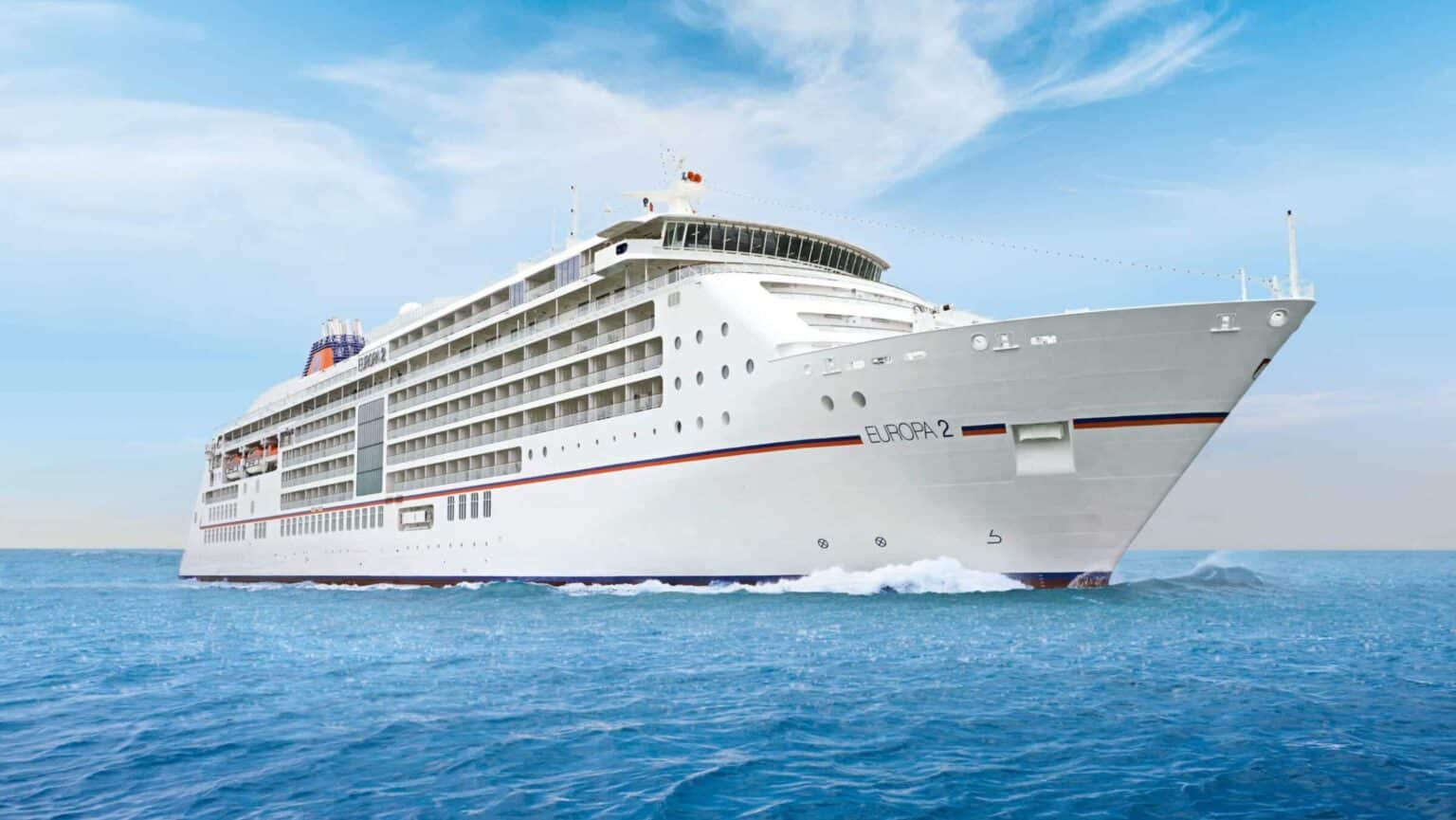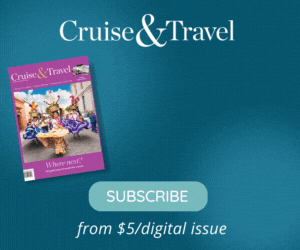- German luxury line Hapag-Lloyd is to launch Kimberley voyages in 2028.
- The move will intensify the debate over just how many lines should sail this iconic regions.
- The Kimberley is having its busiest season ever.
The Kimberley is set to welcome another major international luxury player, with Hapag-Lloyd Cruises confirming that its 230-passenger expedition ship Hanseatic Spirit will operate in the region from 2028.
The move marks the German line’s first foray into one of Australia’s most sought-after cruise frontiers. It comes, however, at a time of heightened scrutiny about the carrying capacity of the Kimberley coast, long considered one of the world’s last remaining wilderness frontiers.
New luxury player’s first Aussie sailings
Fresh from its Antarctic season, the Hanseatic Spirit will head north to Australia in February 2028. The vessel will embark on an 18-day maiden Kimberley voyage, with itineraries including the King George River, Montgomery Reef and the Houtman Abrolhos Islands off Geraldton.
This deployment is part of a wider push by Hapag-Lloyd to increase its footprint in Asia Pacific. Its 516-passenger luxury ship Europa 2, once the world’s most luxurious ship, is scheduled to operate Australian coastal itineraries in 2027, visiting Adelaide, Melbourne and Sydney, before continuing to New Zealand and French Polynesia.
For the line, known for its European luxury credentials and expedition expertise, the Kimberley represents a natural expansion. Yet its timing raises questions that the industry has already begun debating: how many expedition ships can the Kimberley sustain, and at what cost?
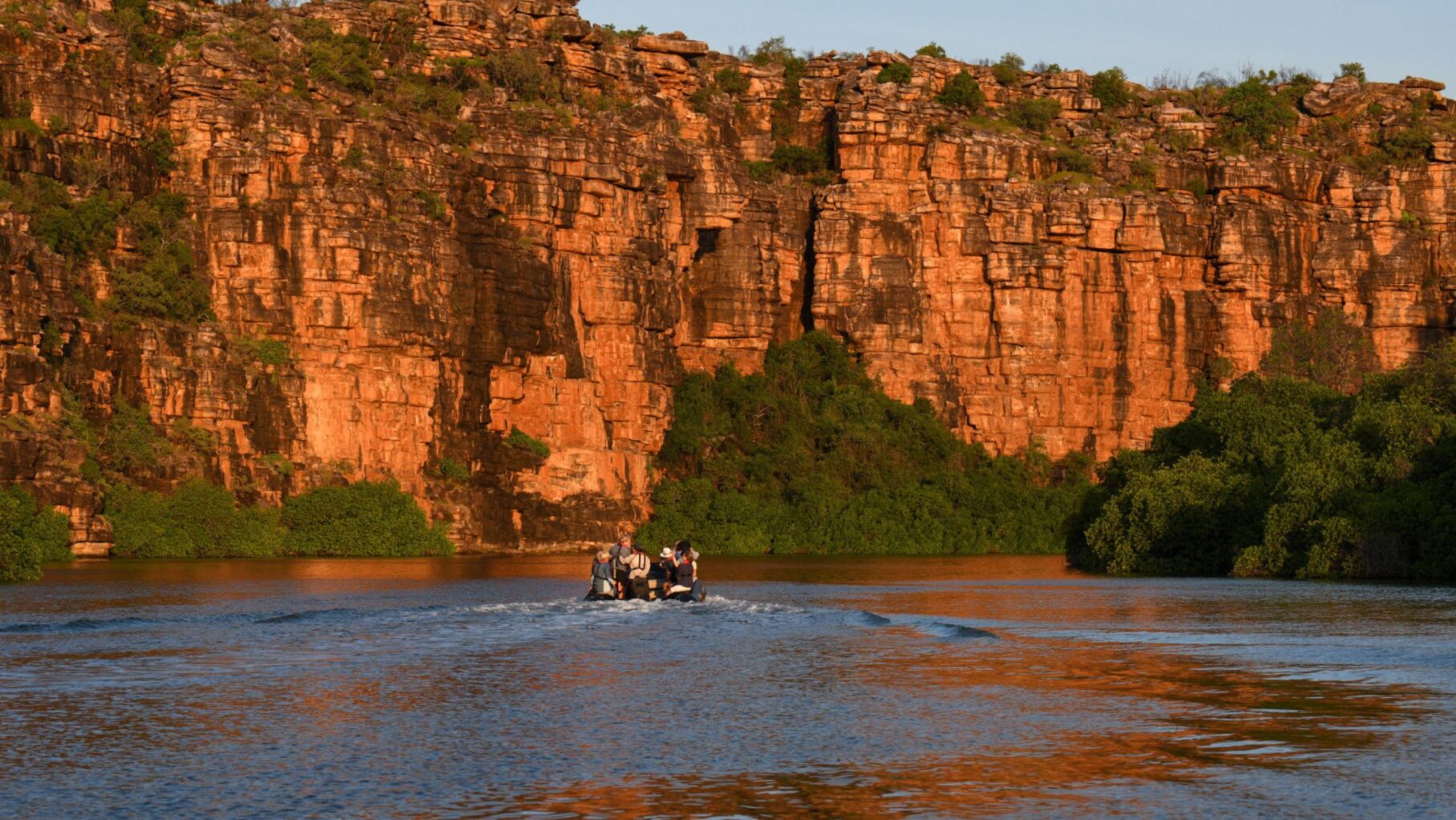
Why Kimberley is a concern
Despite being a magnet for expedition travellers, the Kimberley coast remains one of the least charted maritime regions on Earth. Rugged cliffs, extreme tidal flows and whirlpool-riddled channels present navigational challenges even to experienced captains.
Recognising these risks, Ponant Expeditions has committed resources to charting the Kimberley’s waters as part of its ongoing operations. The French line has been mapping previously unmapped sections of the coast, an initiative that underscores both the dangers of growing traffic and the responsibilities that come with operating there.
Ponant Expeditions has also been vocal about the need for restraint in the region. In previous statements, the company has acknowledged growing concerns about overcrowding and stressed that expedition cruising depends on remoteness, intimacy and ecological integrity.
Cruise leader expresses concerns
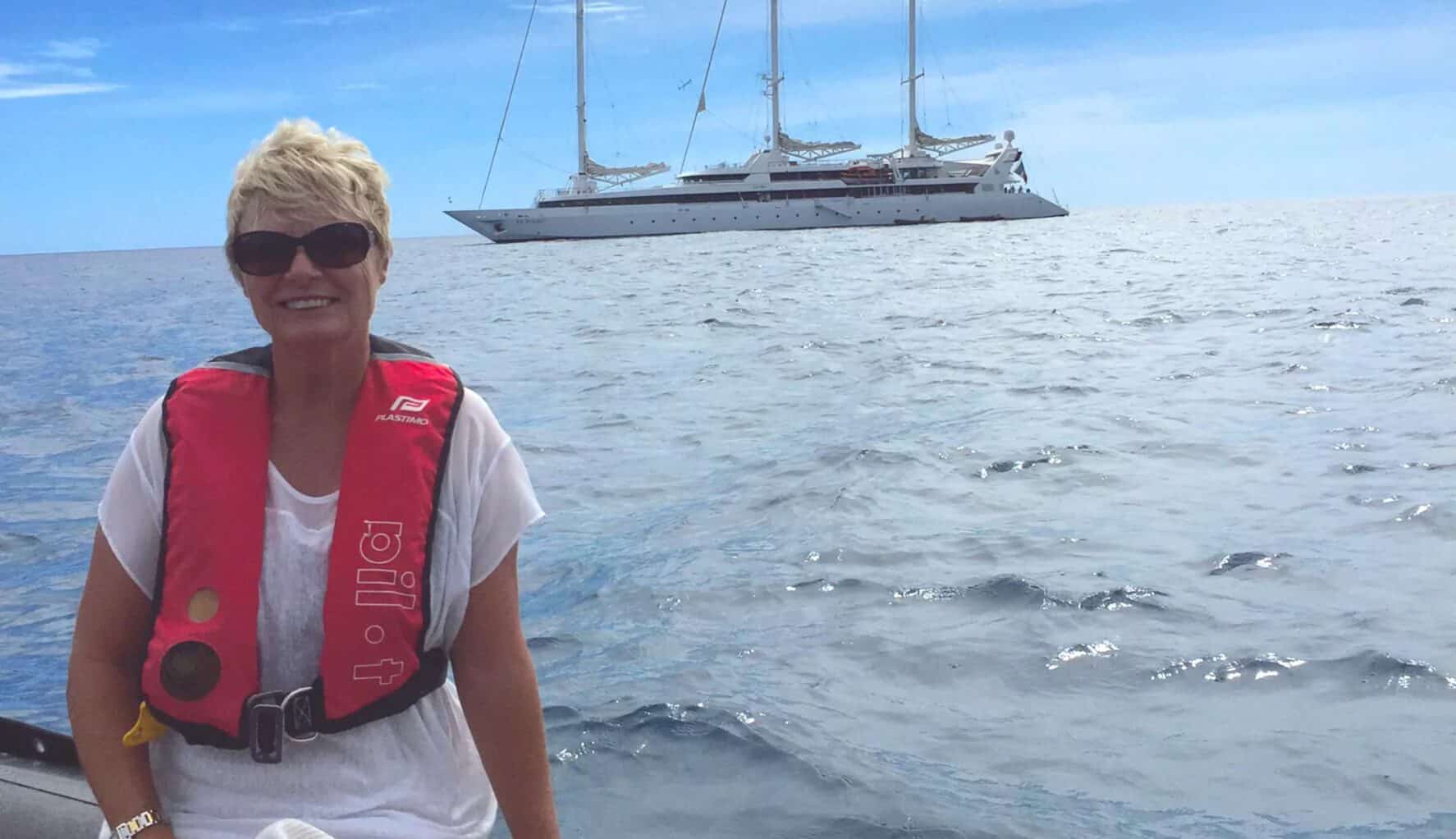
Sarina Bratton, then Chair Asia Pacific for Ponant Expeditions and one of Australia’s most prominent cruise executives, has frequently warned about the challenges of balancing growth and sustainability.
In a 2024 interview, Bratton observed:
“The biggest challenge today is managing the pace of change.”
She added that Ponant’s strategy has been to align growth with sustainability standards, pointing to the line’s achievement of Green Globe certification as part of its long-term environmental commitments.
Bratton’s voice has been central to the debate around Kimberley expedition cruising, drawing on her experience in introducing and advocating for luxury small-ship cruising in Australia. Even as she stepped down from her Ponant role at the end of 2024, her earlier calls for measured growth continue to shape industry conversations.
Local operators call for stewardship
Alongside the international brands, Coral Expeditions has long been a mainstay in the Kimberley. With more than three decades of experience in the region, the Cairns-based operator often highlights its Australian heritage, small-ship expertise and local crews.
While Coral has been less publicly outspoken about new entrants, its messaging consistently emphasises the Kimberley’s remoteness and fragility. The line argues that smaller purpose-built vessels, supported by long-standing operational knowledge, are best positioned to offer authentic experiences without overwhelming the environment.
Behind the careful language lies a clear position: unchecked expansion by large international players risks undermining both the ecological balance and the visitor experience.
Indigenous engagement
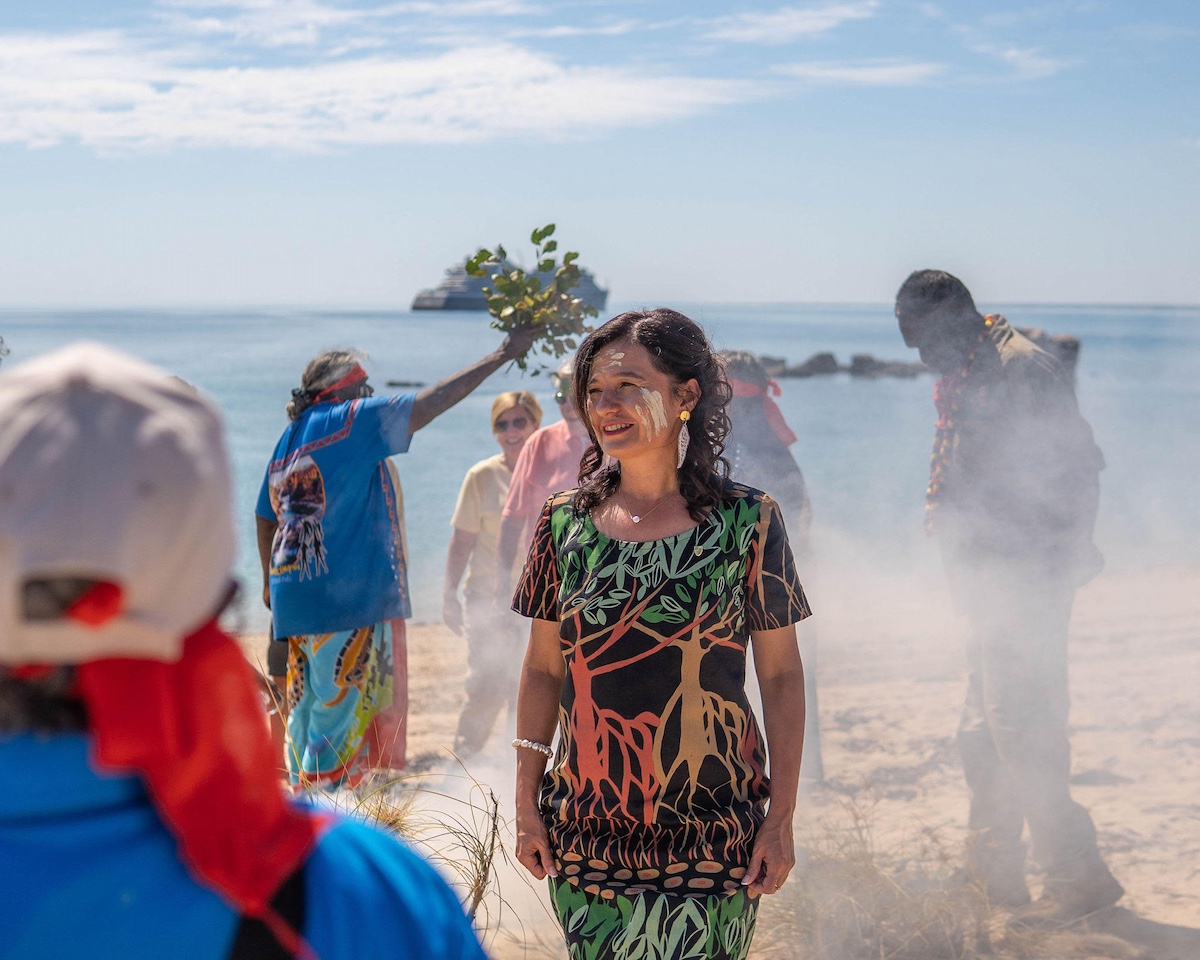
One of the most significant recent developments in Kimberley expedition cruising has been the move to integrate Indigenous voices directly into cruise operations.
Luxury line Seabourn has signed agreements with Aboriginal groups to place Indigenous guides on board its Kimberley itineraries. As reported in New Wave, a Cruise Passenger publication, these guides interpret cultural heritage, rock art and sacred sites, providing guests with a deeper understanding while ensuring Indigenous perspectives are respected.
Seabourn also drew international attention by naming Traditional Owners from the Wunambal Gaambera people as godparents of its newest expedition ship, Seabourn Pursuit, during a ceremony in Australia.
These initiatives highlight how Indigenous partnerships are becoming not just symbolic but operationally integral to luxury expedition cruising in Australia. For Hapag-Lloyd and other new entrants, the expectation will increasingly be to follow suit.
How many is too many
Hapag-Lloyd’s Kimberley announcement comes as part of a wider surge of luxury interest in the region. International operators such as Ponant Expeditions, Seabourn, Silversea, and Scenic already feature Kimberley itineraries.
This growing cluster of high-end brands raises legitimate questions about how many ships the Kimberley can realistically host without compromising its wilderness values.
A Ponant spokesperson has previously noted that “pressures on the region’s wilderness capacity cannot be ignored,” while local voices have echoed concerns about protecting delicate ecosystems from unsustainable levels of visitation.
The Kimberley’s popularity is understandable. Its combination of dramatic red cliffs, thundering waterfalls, ancient rock art and remote islands represents one of the most striking expedition destinations on Earth. For luxury lines, the demand is strong and growing.
But the surge also presents a dilemma. Expedition cruising markets itself on authenticity, remoteness and exclusivity. Too many ships could erode the very essence of what draws travellers to the Kimberley in the first place.
Industry figures suggest that coordination among operators, regulators, Indigenous custodians and conservation groups will be crucial. Without clear guidelines or limits, there is a risk that the Kimberley could repeat the trajectory of other overtouristed natural destinations.
What’s next for Hapag Lloyd
For Hapag-Lloyd, the Hanseatic Spirit’s 2028 debut is both an opportunity and a challenge. The German line will be judged not only on the quality of its itineraries but also on its willingness to integrate local knowledge, Indigenous partnerships and sustainable practices.
Its arrival adds weight to calls for a coordinated industry response. With more luxury players entering the Kimberley, the pressure to adopt best-practice models — from Ponant Expeditions’ mapping work to Seabourn’s Indigenous guide program — will only grow.
For more information click here.

